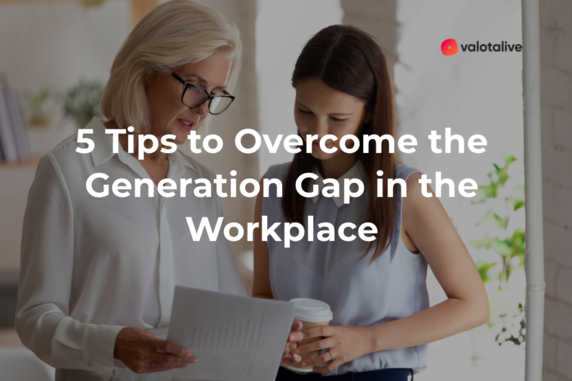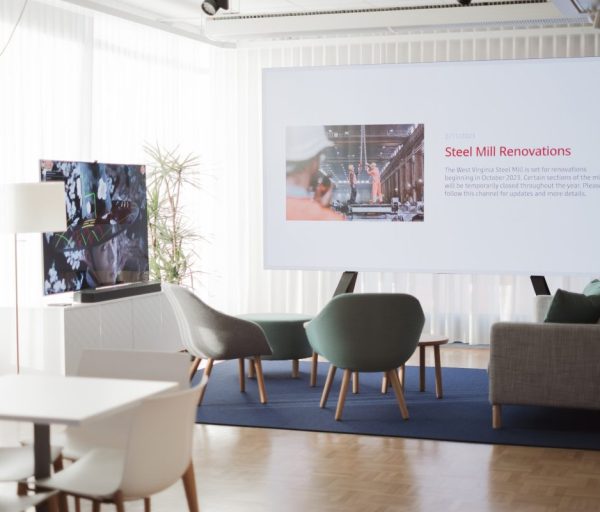You’ve likely heard of the generational gap at one point or another. Typically, it is defined as a difference in opinions or beliefs between people of different generations. These differences can and do occur throughout life and can include differences in societal beliefs, religious beliefs, etc. One common issue businesses deal with is the generation gap in the workplace.
Is it Possible to Have a Generational Divide in the Workplace?
Unfortunately, many businesses nowadays must deal with the existence of the generational gap. Now, there is no concrete way to define the generational gap as the differences in generations can be as minimal as Gen X (Boomers) and Gen Y (Millennials), or it can be as drastic as Gen X (Boomers) and Gen Z (Centennials).
Generation gaps in the workplace are nothing new – however, in more recent years, the older generations have been forced to work well past their retirement age. Studies show that adults age 65+ are twice as likely to be working today compared to those in 1985.
Source: Centers for Disease Control and Prevention
With more of our aging community working well into their retirement years, it does contribute significantly to the generation gap in the workplace, which can lead to conflicts, including:
- Agism
- Differences in work ethics
- Differences in methodology
- Differences in communication preferences
- Varying levels of technological aptitude
- Differences in values, etc.
The good news is that there are many ways to avoid generation gap problems, especially if you address it immediately.
Article continues below the ad
How Do You Manage Generation Gaps in the Workplace?
To avoid generation gap problems in the workplace, it’s important to bridge that gap as soon as you can. So, what does it mean to bridge the generation gap?
Bridging the generation cap means bringing the two opposing sides together. Now, this doesn’t necessarily mean picking one side or the other. Instead, it means finding a middle ground between the two opposing forces.
For instance, say you have two employees with different solutions to a problem that needs addressing. Instead of picking sides, you have them sit down and find a solution that suits both of their approaches.
Now, a significant source of contention that leads to the generational gap is stereotyping. For example, the older generation may see the younger generation as “lazy,” while the younger generation may see the older generation as “uncreative” or “less innovative.”
5 Tips for Addressing Generational Gaps in the Workplace
It’s crucial that you, as a business owner, take the necessary steps to eliminate the generational gap and the complications that come with it. Now – that doesn’t mean you should avoid hiring someone in a given age group as that’s a form of Agism and can result in legal action.
Instead, focus on these activities to help you bridge the generational gap:
- Set the workplace expectations in stone – for example, prioritize respect for one another
- Don’t show favoritism
- Encourage open communication between employees
- Take time to initiate team-building exercises
- Consider a two-way mentorship program to foster relationships between individuals of different generations
The more you foster these relationships, the less of a generational divide you’ll see in the workplace.
Read more: How Internal Communication with Digital Signage Boosts Team Alignment
Overcoming the Generational Gap in the Workplace is Easier Than You Think
To have a functional work environment, you need to make sure you are addressing any potential workplace conflict, such as any generation gap in the workplace. Bridging this gap can mean the difference between business success and business failure.
So, take the time to listen to your employees and address all concerns they may have.



